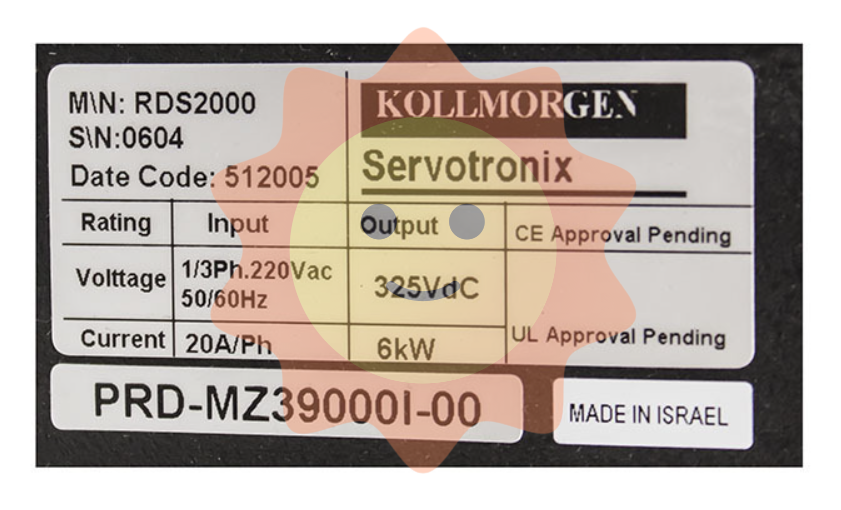Why does Iran, the world's third largest gas producer, intend to import gas from Russia?
He explained that in order to maintain the gas pressure in the South Pars field, which is 700 million cubic meters per day of production, Iran needs to invest $80 billion. At the same time, Iran does not have the technology and does not have access to it due to sanctions and its crisis relationship with the West.
He also said that after the Paris Treaty, which stipulates the reduction of greenhouse gas emissions, Iran decided to convert its natural gas in Khuzestan (produced with the extraction of oil) into liquefied gas and use it for petrochemical companies. But because of sanctions, Iranian companies are unable to import the necessary equipment, so the billions of dollars worth of gas continues to burn.

Bachman-arman said Iran was forced to import natural gas because of sanctions. "It is very unfortunate that the country with the largest gas reserves in the world is forced to import gas." They also shut down their steel mills during the winter months, so currently two of Iran's biggest steel mills, 'Foolad Mobarakeh' and 'Foolad Khuzestan', do not use stoves as a necessity."
In this regard, Shakushi pointed out that Iran lacks a gas pressurization platform, so it cannot extract from the Farzad gas field with Saudi Arabia, nor can it start the Phase 11 project of the South Pars offshore gas field, because Total pulled out of the project. He also explained that Iran imported the technology from the West because Russia and China did not have the technology either.
Iraq and Turkey
Turkey is one of the two main export destinations for Iranian natural gas. According to Iranian official sources, the volume of natural gas exported from Iran to Turkey in the first half of 2022 increased by 11% compared to the previous year. According to Tehran, it negotiated with Ankara on an agreement to export natural gas to Turkey with the aim of extending the agreement to expire in 2026 after 25 years.
Hamid Reda Iraqi, the former head of Iran's National gas company, ruled out the possibility that Iran would be able to strike a better deal with Turkey. As in previous years, annual gas exports are likely to remain between 7 and 9 billion cubic meters, which is attributed to the country's demand for natural gas.
On the other hand, Tehran has announced talks with Afghanistan, Pakistan and Oman on the export of natural gas to these countries. It is worth mentioning that the agreement to export Iranian natural gas to Oman was signed in 2005, but has not been implemented for 18 years. At the same time, the agreement was supposed to start in 2008 with exports of 30 million cubic meters and reach 70 million cubic meters in 2012. One of the deals that has yet to come to fruition is a gas export deal with Pakistan and India.

In this context, Bahman Arman explained that the agreement between Iran and the UAE has been suspended and the agreement with Oman has never been implemented. He also stressed that Iran's main exports of natural gas are only to Turkey and Iraq. He also said Ankara could not import more than that amount of Iranian gas because of its small economy. As for Iraq, he said that Iran's western neighbor has declared that it will no longer need Iranian gas in the next three or four years, as it has begun to expand its gas fields.
Stockpiling and production
According to the Iranian Oil Ministry, Iran has 34 trillion cubic meters of recoverable natural gas reserves. In addition, according to the Organization of Petroleum Exporting Countries (Opec) report, Iran is in second place with 33.72 trillion cubic meters of reserves, after Russia. According to BP, its reserves are 33.5 trillion cubic meters, the largest in the world.
According to the Iranian state news agency (IRNA), Russia will export 12 times more natural gas than Iran in 2021. Russia has 19.5 percent of the world's gas reserves, while Iran has 17.3 percent.
The news agency also said that Iran's gas consumption is equivalent to 42.2 percent of the total consumption of the European continent with 748 million people, or 48.4 percent of the gas consumption of China with 1.4 billion people.
According to official sources, Iran has 38,000 kilometers of gas pipelines and exports 17 billion cubic meters of gas in 2021. In the first half of 2022 (1401), Iran's natural gas exports increased by 22% compared to the same period in the previous year.
According to the latest statistics of the National Iranian Gas Company, Iran's daily consumption of natural gas in March 2021 was 745 million cubic meters.
- EMERSON
- Honeywell
- CTI
- Rolls-Royce
- General Electric
- Woodward
- Yaskawa
- xYCOM
- Motorola
- Siemens
- Rockwell
- ABB
- B&R
- HIMA
- Construction site
- electricity
- Automobile market
- PLC
- DCS
- Motor drivers
- VSD
- Implications
- cement
- CO2
- CEM
- methane
- Artificial intelligence
- Titanic
- Solar energy
- Hydrogen fuel cell
- Hydrogen and fuel cells
- Hydrogen and oxygen fuel cells
- tyre
- Chemical fiber
- dynamo
- corpuscle
- Pulp and paper
- printing
- fossil
- FANUC
- Food and beverage
- Life science
- Sewage treatment
- Personal care
- electricity
- boats
- infrastructure
- Automobile industry
- metallurgy
- Nuclear power generation
- Geothermal power generation
- Water and wastewater
- Infrastructure construction
- Mine hazard
- steel
- papermaking
- Natural gas industry
- Infrastructure construction
- Power and energy
- Rubber and plastic
- Renewable energy
- pharmacy
- mining
- Plastic industry
- Schneider
- Kongsberg
- NI
- Wind energy
- International petroleum
- International new energy network
- gas
- WATLOW
- ProSoft
- SEW
- wind
- ADVANCED
- Reliance
- YOKOGAWA
- TRICONEX
- FOXBORO
- METSO
- MAN
- Advantest
- ADVANCED
- ALSTOM
- Control Wave
- AB
- AMAT
- STUDER
- KONGSBERG
- MOTOROLA
- DANAHER MOTION
- Bently
- Galil
- EATON
- MOLEX
- Triconex
- DEIF
- B&W
- ZYGO
- Aerotech
- DANFOSS
- KOLLMORGEN
- Beijer
- Endress+Hauser
- MOOG
- KB
- Moxa
- Rexroth


Email:wang@kongjiangauto.com


















































































